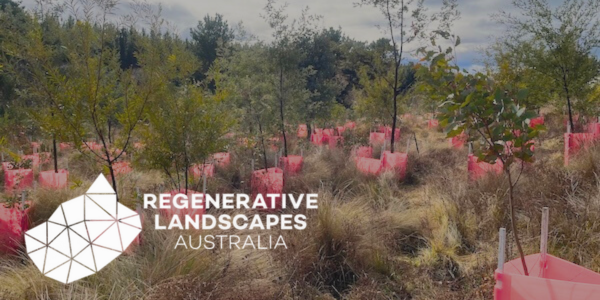UN recognises unique Australian farm built around Natural Sequence Farming as sustainable

Willow weeds stabilise creek banks and slow the movement of water in the landscape at Mulloon Creek. (Supplied: Mulloon Institute)
Over the past 6 years since 2011 I have been working closely on this project while managing Mulloon Farm (not Mulloon Creek Natural farms) for our client Gerry Carroll. The farm spans about 700-800ac both sides of the Mulloon Creek. With our team playing a significant role in turning the farm around with grazing and infrastructure development over the years. We have also worked closely with all the great staff at the Mulloon Institute on the Mulloon Community Landscape ReHydration project.
Below is a story from ABC news (see original story here) ABC Rural reporter By Sarina Locke Updated 19 September 2016 at 10:05 am – First posted 16 September 2016 at 2:50 pm.
A radical environmental approach to holding water in leaky weirs on a farm — one of only five in the world — has been recognised by the United Nations as sustainable.
Mulloon Creek, near Braidwood in New South Wales, uses the Peter Andrews method of Natural Sequence Farming — growing weeds and slowing the movement of water in the landscape.
The farm has proved itself in the past seven years, increasing pasture growth through the drought and feeding more cattle.
The farm was run down before the owner, Tony Coote, adopted Mr Andrews’s methods to rehydrate the land.
As it sits at the headwater of the Shoalhaven River, it feeds into the Sydney Water Catchment.
“We are making more sustainable agriculture, improving the environment, [producing] cleaner water,” Mulloon Institute chairman Gary Nairn said.
Having left federal politics, Mr Nairn has taken over running the institute that hosts workshops and field days on the farm.
Natural Sequence Farming has been controversial for advocating weeds and dams to hold water in place for longer.

Nick Huggins and Peter Andrews on Mulloon Farm inspecting the next works down steam from Tony Coote’s home farm. Nick has been working closely with Peter over the years on Gerry Carroll’s farm that is a part of the Mulloon Community landscape Rehydration project.
Peter Andrews story was popularised in an episode of Australian Story on the ABC
“What we’ve done in the pilot project, and embarking now on the total catchment, which is 43 kilometres of creek and 20,000 hectares, is construct leaky weirs to slow the water, take the energy out of the water,” Mr Nairn said.
“The water is distributed into the landscape, it raises the water table, and increases vegetation.
“We’ve increased the carrying capacity in the adjoining landscape by 60 per cent.
“It’s easier to farm, with fewer inputs, and there’s no need to irrigate.
“There was one stage in Mulloon Creek where we hadn’t measured rain in the top of the landscape for three months, but at the bottom of the farm, at Peter’s Pond, you could literally see the water seeping back in from the bank.”

Blackberries and rocks make up a leaky weir on Mulloon Creek Natural Farms. (Supplied: Mulloon Institute)
Chairman hopes recognition will prompt change in law
Mr Nairn hoped the recognition by the United Nations under its Sustainable Development Goals would help change the State Government’s legislation.
“This is one of only five in the world. There’s one in the UK, China, Uruguay, Tanzania, and one in Australia,” he said.
Mr Nairn said the NSW Government was considering changing the legislation, after neighbours doing the same work were taken to court by the Office of Water with a threat of a $1 million fine for breaching the Water Act.
“It’s no use using natives because they take too long, but ultimately they take over, like the casuarinas.”
Sustainable Development Goals aim to end poverty
The United Nations’ Sustainable Development Goals are an agreement struck in 2015 to end poverty and hunger, protect the planet from pollution and climate change, and ensure prosperity for everyone by 2030.
Mr Nairn said the Mulloon Catchment project ticked most of the boxes — sustainable farming, the environment, clean water and climate change.
But he is frustrated that Australia’s carbon reduction strategy funds projects to “lock up” areas of woody weeds in western NSW.
“There is absolutely no question that when you’re holding water in the landscape, you’re putting carbon back in the landscape, and making it more productive and sustainable,” he said.
Mulloon Institute has part-funded a PhD student to look at the development of natural capital and social issues, to show farmers in the catchment will be in a better position at the end.
Mr Andrews’s own farm, Tarwyn Park in the upper Hunter Valley of NSW, has now been sold to a coal mine.
Mr Nairn said talks were underway with the new owners to see if it could be retained as a demonstration site.
There will be a Tarwyn Park training event from November 13-17.


